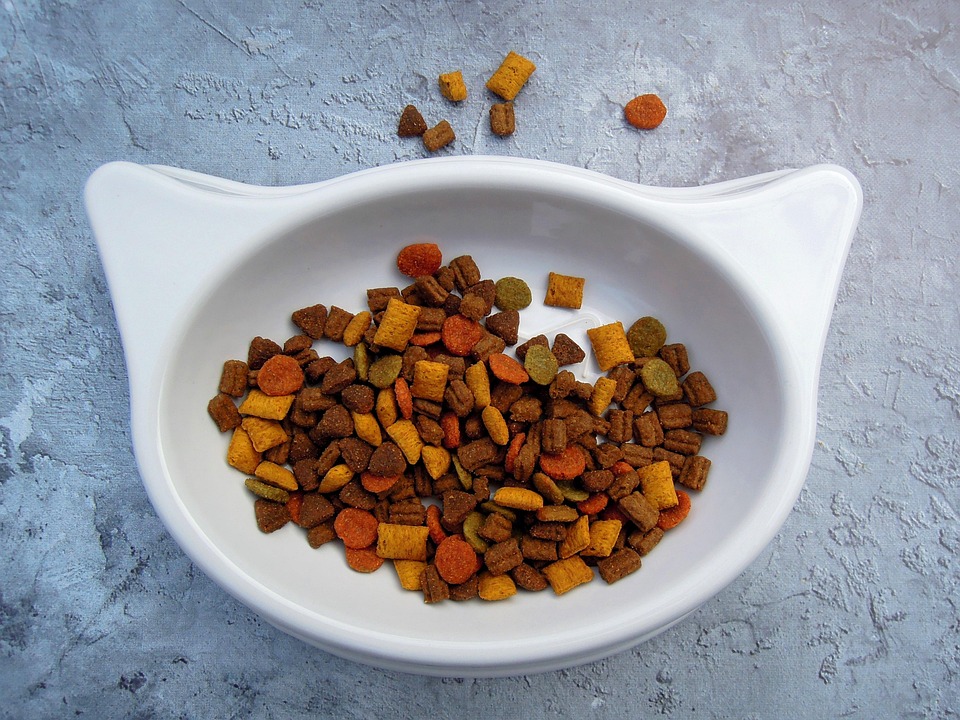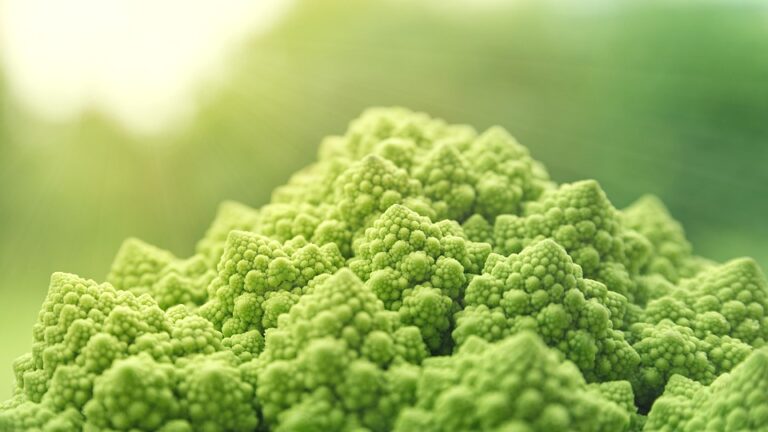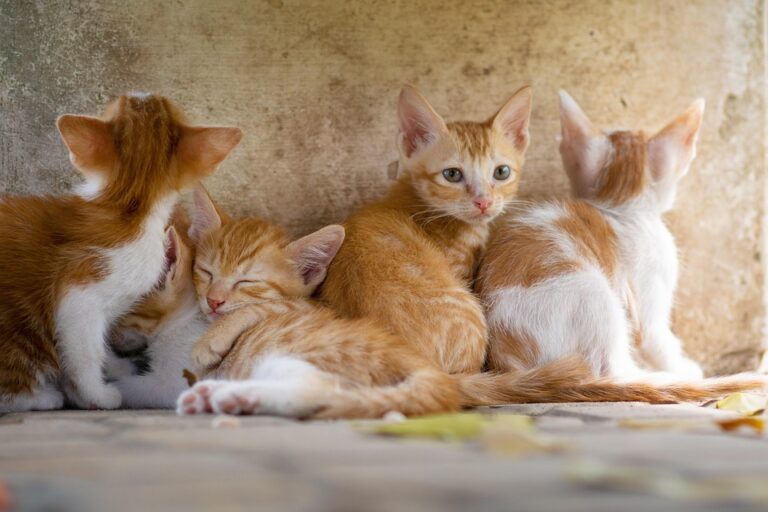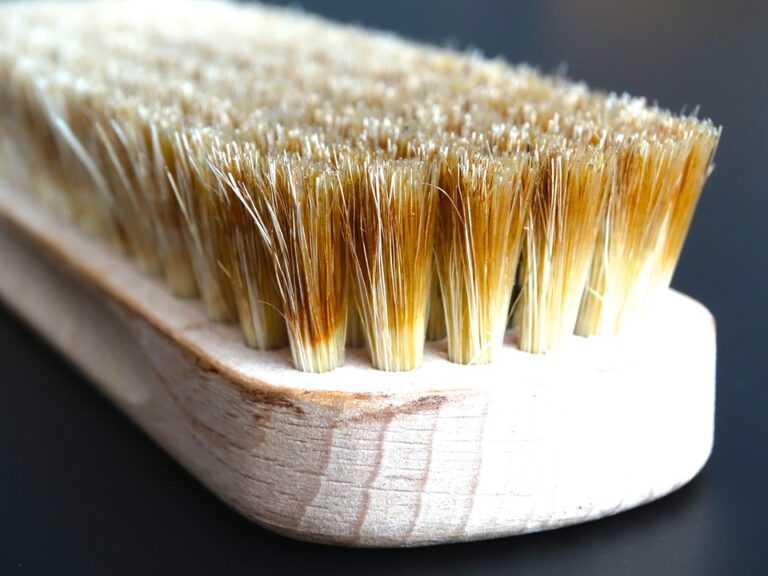
Understanding Cat Food: A Comprehensive Guide to Common Types and Their Uses
When it comes to feeding our feline friends, the options can be dizzying. With aisles overflowing with colourful packaging and enticing slogans, one might wonder: what exactly goes into cat food, and how do we choose the right type for our beloved companions? Delving into the world of cat nutrition reveals a spectrum of choices, each with its own unique benefits and potential drawbacks.
1. Dry Cat Food (Kibble)
Kibble, a staple in many households, is often lauded for its convenience and extended shelf-life. Yet, one might ask, is it truly the best option for our cats? Typically composed of meat, grains, and various additives, dry food can vary significantly in quality. Brands that use high-quality protein sources and minimal fillers are preferable. However, the crunchy texture may help in reducing plaque formation, a boon for dental health.
It’s important to note that while kibble is convenient, it may not provide sufficient moisture, which is essential for a cat’s urinary health. Many experts argue that a diet solely comprised of dry food could lead to dehydration, especially in cats that don’t drink enough water. Some owners choose to supplement with wet food or provide additional water sources to combat this issue.
2. Wet Cat Food
Canned or pouch food, often seen as the gourmet choice, tends to be more palatable for many cats. Rich in moisture, wet food can aid in hydration and is often more appealing to picky eaters. A common misconception is that all wet foods are equal; however, the ingredient list tells a different story. High-quality wet food should contain real meat as its primary ingredient, with minimal fillers and by-products.
Wet food also offers a varied texture that can stimulate a cat’s appetite and encourage natural hunting behaviours. Some studies suggest that the high protein content in wet food may be more aligned with a cat’s natural diet, leading to better overall health. Yet, the higher cost and shorter shelf-life compared to dry food can be a consideration for many owners.
3. Raw and Freeze-Dried Diets
In recent years, the raw food movement has gained traction among cat owners seeking to mimic a cat’s ancestral diet. Raw diets typically consist of uncooked meat, organs, and bones, aiming to provide a balanced nutritional profile. Advocates argue that this diet can lead to healthier skin, shinier coats, and improved digestion. However, concerns about bacterial contamination and nutritional balance are prevalent. It’s crucial for any owner contemplating a raw diet to consult with a veterinarian to ensure it meets all nutritional requirements.
Freeze-dried raw options offer a compromise, allowing for convenience while preserving nutrients through low-temperature processing. Nevertheless, one must remain vigilant about sourcing these products from reputable brands to avoid potential health risks.
4. Grain-Free Formulas
With the rise in grain-free diets for pets, many owners are left pondering whether this is the right choice for their cats. Grain-free cat food often substitutes grains with alternative carbohydrates like peas or potatoes. Proponents claim that this can lead to improved digestion and reduced allergy symptoms, particularly in cats with sensitivities. However, it’s essential to consider that not all cats require a grain-free diet. Cats are obligate carnivores, and many can thrive on diets that include grains.
The crux of the matter lies in the quality of the ingredients rather than the absence of grains. A well-balanced diet, regardless of its grain content, should prioritise high-quality protein sources.
5. Specialised Diets
For cats with specific health issues, specialised diets are vital. Veterinary-prescribed foods can address a range of conditions, from kidney disease to obesity. Such diets are formulated with precise nutrient profiles to manage health concerns effectively. Owners must take care to follow veterinary advice closely, as feeding the wrong type of food can exacerbate existing conditions.
While the allure of general cat food marketing can be tempting, it’s essential to remember that each cat is an individual with unique needs.
The Final Word
Understanding cat food is not merely about choosing a shiny package off the shelf; it’s about ensuring our furry companions receive the nutrition they require for a healthy, vibrant life. Each type of cat food serves its purpose, and the ultimate choice should be informed by factors such as age, health, and personal preferences.
BargainsTrust continues to bring you curated information on various quality products, helping you make informed decisions for your feline family members.







